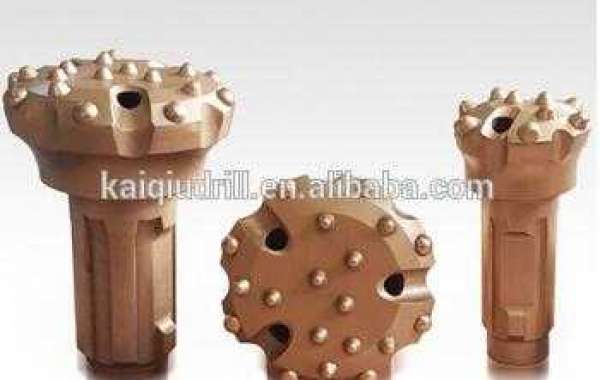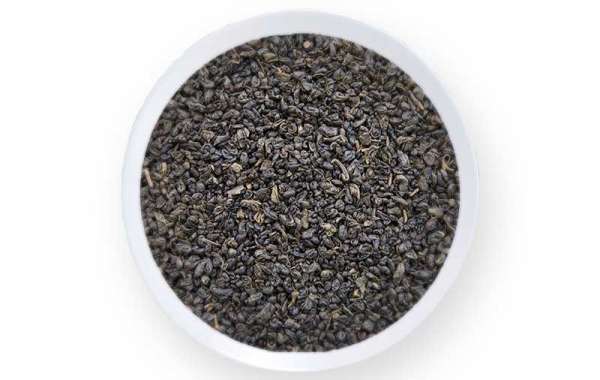Some tips for maintaining Injection Mould's molds
It's important to make sure the product is well designed first. Poor design can lead to problems such as difficult ejection and poor mold filling. Make sure to use the correct draft angle, the correct ejector pin position, and the correct gate. Failures in other parts of the injection molding machine may end up in the mold. At the same time, the mold can be well operated and maintained. If other processes in the injection molding machine are not running well. The resulting problems may be transferred to the mold. For example, if the injection pressure is too high, it may put unnecessary stress on the mold. Or if the melt is not well mixed and melted and contains particles that could damage the mold surface. It is important that other parts are also well operated and maintained. This is where it is important to work with a reliable mold maker. This is to ensure that these factors are considered first.
A maintenance plan that is followed
There should be a written maintenance plan. This includes procedures for maintenance work.
The process of confirming maintenance work performed and when the next maintenance is due
Each mold should be accompanied by an operating and maintenance instruction manual and checklist. This guides the operator and reduces the chance of human error.
A feedback system that allows errors to be detected before they occur
Proper training and ongoing training for operators
Periodically inspect cavities, gates and runners for wear, blockage and damage
lubrication or surface
Regularly clean and remove debris from the cavity and all components
Make sure the cleaner is non-toxic and use recommended solvents and cleaners
Use anti-corrosion or rust inhibitors and coatings
Avoid moisture problems by properly flushing and draining water lines
Check the plate is well aligned
Make sure the ejection system is unobstructed and functioning properly
Clean and lubricate thimbles and parts
Check and replace all parts that need to be replaced, such as pins, screws, bolts and bushings
There is a routine for replacing parts after a certain level of use. Even if there is no detectable damage. This promotes a maintenance culture that minimizes the chance of mold damage
Follow mold manufacturer's operating and maintenance guidelines, if provided. The mold maker may have some advice on how to best operate and maintain the mold. Take these suggestions seriously.
There is a system to keep track of the number of cycles the mold runs. As many molds are rated according to the number of cycles. Depending on your size and capabilities, this can be a digital or analog system for tracking. The bike lane can then be used as a maintenance indicator. For example, maintenance after 100 cycles may not be the same as maintenance after 1000 cycles.
Make sure other parts and processes work well.
Check that the cooling lines are well sealed and free of leaks. This can lead to corrosion or cooling inefficiencies
Have a dedicated maintenance budget
For more product-related information, please click: Plastic Mould Suppliers







